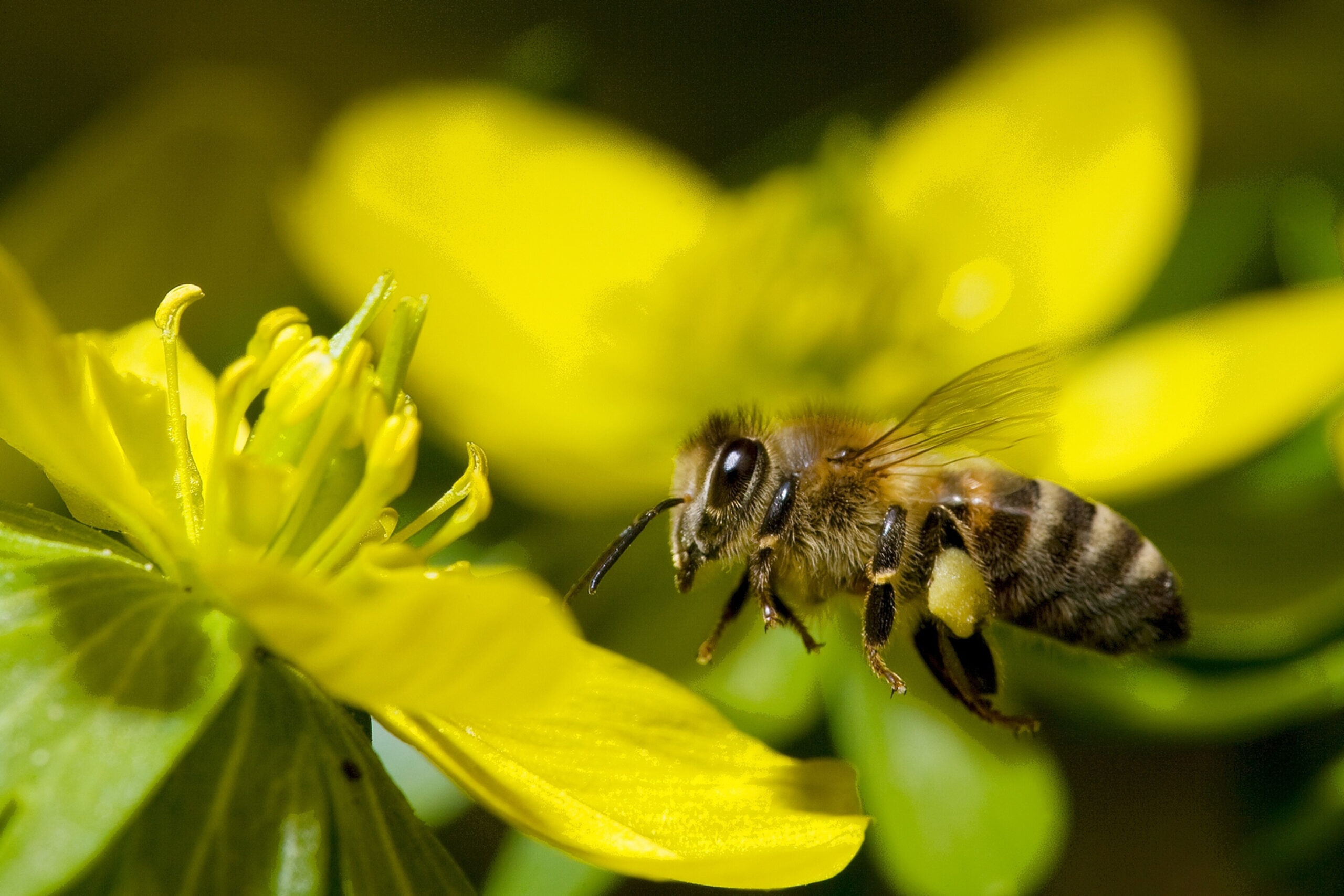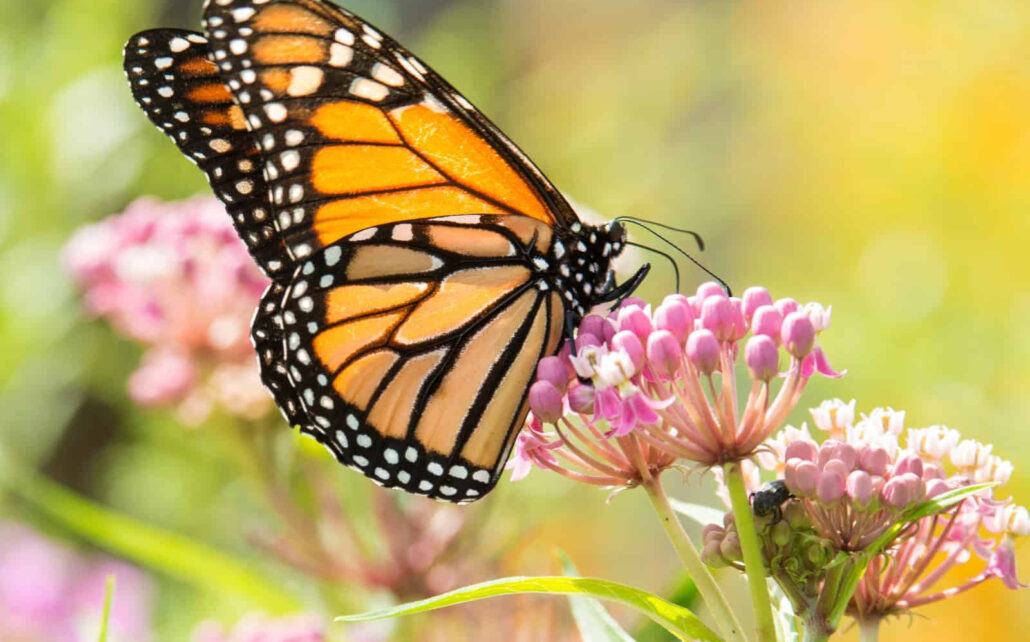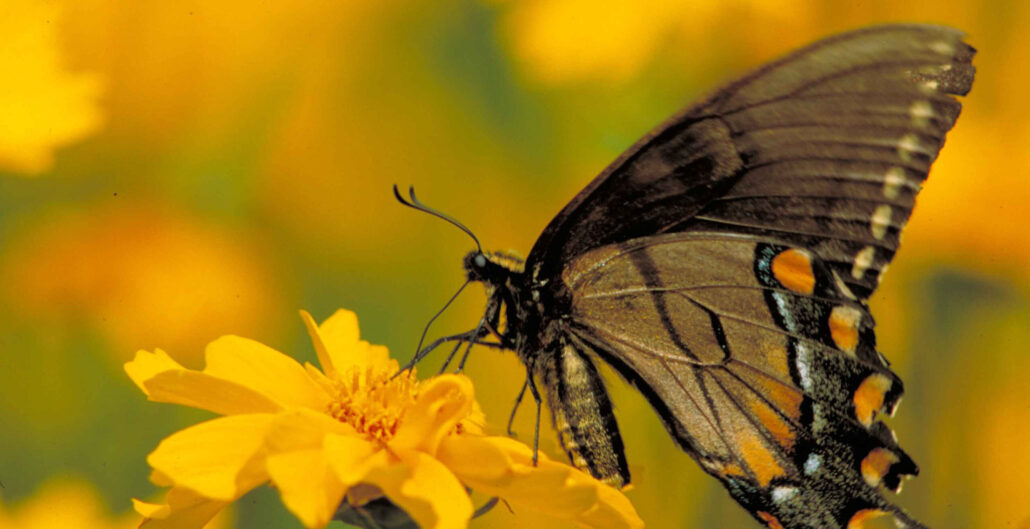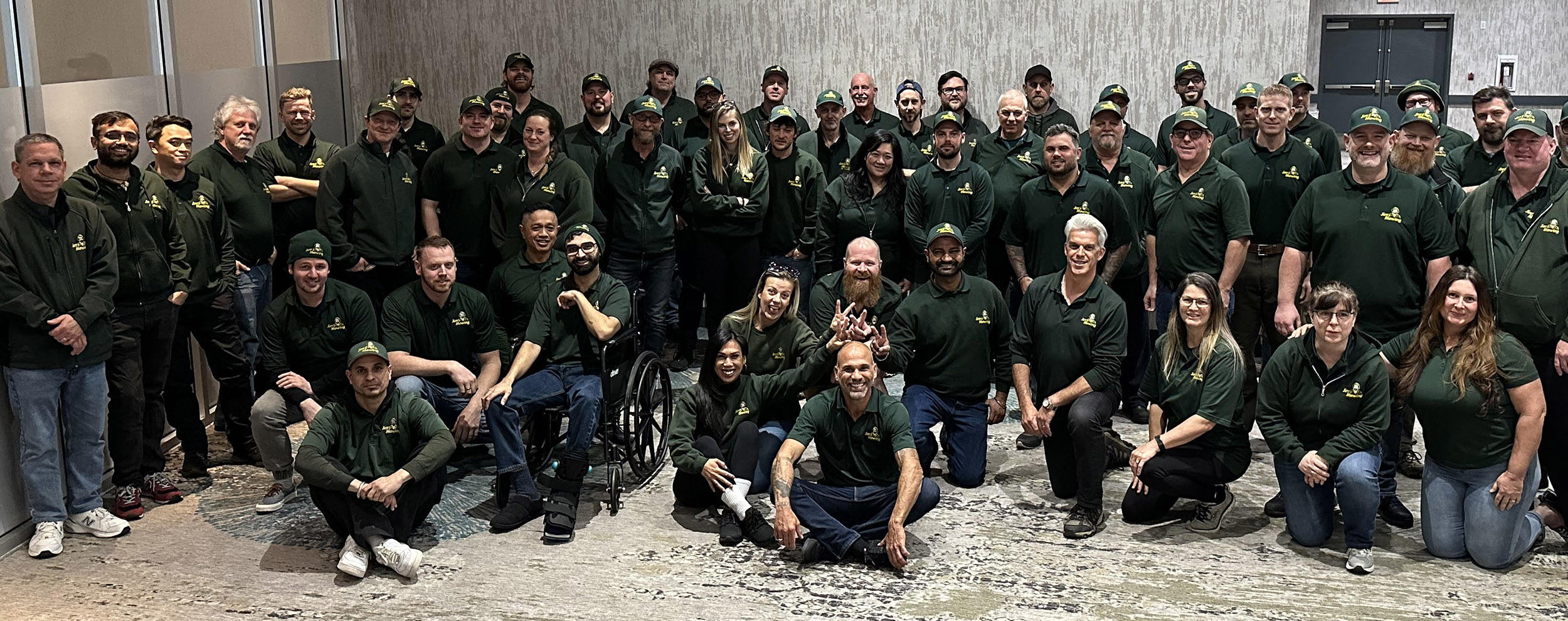
Turn your outdoor space into a sanctuary for butterflies and bees by following these easy yet impactful steps. Whether you live in the lush greenery of Vancouver Island, the lively Lower Mainland, or the sunny Okanagan, these tips are tailored to fit your regional environment.
Select Native Plants
Choose flowering plants native to your area, as they are well-adapted to your local climate and soil. Native plants naturally provide food for pollinators and require little upkeep once established.
Diversify Flower Varieties
Plant a range of flowers to attract different species of butterflies and bees. Opt for flowers of various shapes, colors, and sizes to ensure nectar and pollen are available throughout the growing season.
Incorporate Host Plants
Add host plants for butterfly caterpillars into your garden to support their life cycle. Research native host plants for local butterfly species and integrate them into your design.
Offer Water Sources
Ensure butterflies and bees have a water source, such as a shallow birdbath or small pond. Include rocks or pebbles for them to safely land on and prevent drowning.
Create Sheltered Spaces

Create Sheltered Spaces
Add sheltered spots like thick shrubs, tall grasses, or wooden structures, where pollinators can hide from wind and predators.
Avoid Harmful Pesticides
Limit or stop using chemical pesticides and herbicides, as they can harm beneficial insects. Instead, try natural alternatives or integrated pest management methods.
Cluster Your Plants
Plant flowers in large groupings rather than scattering them individually. This makes it easier for pollinators to find food and increases pollination success.
Provide Ample Sunlight
Place your garden in a sunny spot, as most flowering plants thrive in full sun. Make sure the area receives 6-8 hours of sunlight each day.
Plant a Continuous Blooming Cycle

Ensure a steady supply of nectar by planting flowers that bloom in different seasons—spring, summer, and fall—so butterflies and bees have food all year round.
Learn and Get Involved
Educate yourself about the needs of local butterflies and bees. Join gardening clubs or attend workshops to deepen your knowledge and skills.
By applying these techniques, you can create a vibrant and welcoming garden for butterflies and bees. Not only will it add beauty to your landscape, but it will also contribute to biodiversity and help support essential pollinators in your area.


